The ultimate guide to effects: filters
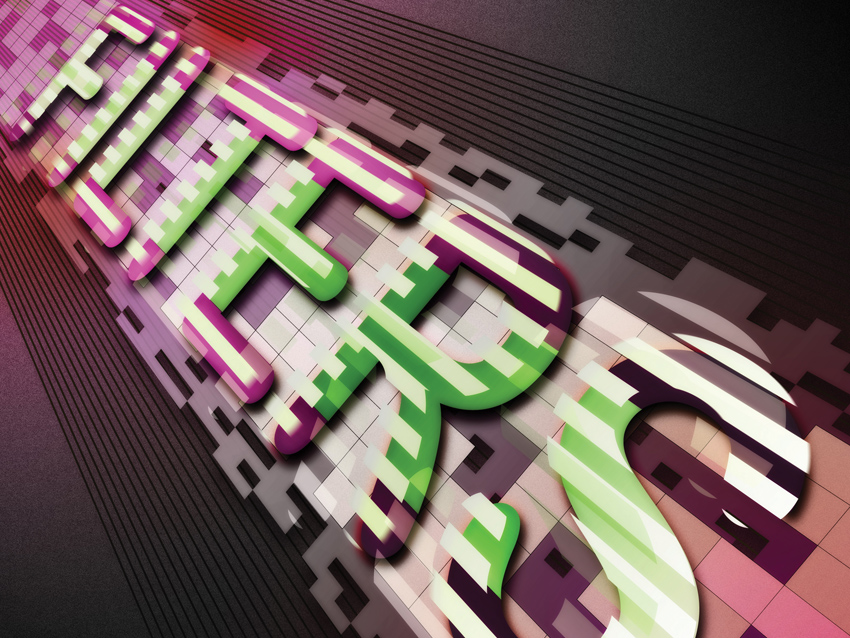
Like many of today's processing must-haves, filters as effects used to be a novelty. Dedicated filter effects were scarce, and early examples of their usage as studio effects usually involved tapping into the filter section of an analogue synthesizer such as the Minimoog or ARP 2600.
It was an unusual gimmick put to good use by Pete Townshend of The Who, who pumped his Lowrey organ through his EMS VCS3 to create the sounds heard in Won't Get Fooled Again. David Bowie, Brian Eno and producer Tony Visconti applied a similar treatment to Robert Fripp's guitar on the Bowie classic Heroes.
While only rarely used as a studio effect, guitarists had been employing filters all along, if only as a part of another, more complex effects chain. The classic wah-wah sound, ubiquitous in the 1970s, was simply a dynamically controlled filter coupled with either a pedal or an envelope follower and shoved into a stompbox.
Still, filters remained a gimmick until they resurfaced in the '90s, wrapped around sampled drum loops. Because most samplers have all the functions of an analogue synthesizer built in, it's a doddle to liven up a static drum loop with a bit of fancy filtering. This sound caught on in a big way and, riding the wave of retro fetishism attached to vintage synthesizers, filters became a de-facto production tool for house and DnB producers who used them to get more mileage from their breakbeat and disco samples.
"The most common type is the low-pass filter, which, as the name suggests, allows low frequencies to pass through while blocking the highs."
Manufacturers soon began trundling out dedicated filter boxes and plug-ins by the ton - current artists whose work relies heavily on filters include Deadmau5 and High Contrast.
What makes the filter so appealing? Well, as we've suggested, it can liven up otherwise lifeless or repetitive sounds. Much of today's music production is based on samples, and samples on their own can be a bit dull. Throwing in a modulated filter can add a sense of movement to the proceedings as it sweeps through the signal's frequencies, emphasising others along the way.
Get the MusicRadar Newsletter
Want all the hottest music and gear news, reviews, deals, features and more, direct to your inbox? Sign up here.
Of course, that's just one of the tricks you can perform. To get a better idea of what filters can do, you'll need to learn a bit more about them.
How do filters work?
We probably don't need to tell you that a filter works by removing selected frequencies from a sound. The most common type is the low-pass filter, which, as the name suggests, allows low frequencies to pass through while blocking the highs. Just which frequencies are filtered out is usually determined by a user-definable cutoff parameter.
In addition to this, most low-pass filters will offer a resonance control. Also known as 'emphasis' or 'Q', resonance provides a boost at the selected cutoff value. Some resonance controls can be cranked high enough that they self-oscillate, producing a sine wave, the pitch of which is determined by the cutoff setting.
This combination of low-pass filtering and resonance is responsible for a great many familiar sounds, ranging from the Kraftwerkian 'thwip' to the ever-popular quacking wah-wah. On its own, a suitably endowed resonant filter can produce all sorts of other-worldly whistling effects, even without a signal running through it, a capability historically put to great use by Jean Michel Jarre and Pink Floyd's Rick Wright.
Other filters
Though the low-pass filter is by far the most common, there are a few other types that you may run into as well. A high-pass filter performs the exact opposite function of a low-pass, allowing high frequencies to squeeze through while blocking the lows.
Band-pass filters lie somewhere between the two (and in fact can be made by using low and high-pass filters in series), allowing a narrow range of frequencies through while filtering out the stuff above and below the selected frequency. Notch filters do the opposite, allowing everything above and below the selected frequency to get through.
There are other, more esoteric filters out there, such as all-pass or comb filters, but you are far less likely to find these in standalone packages. In fact, most dedicated filters combine filter types - these are referred to as multimode or state variable filters. Still others combine filters with dedicated gate sequencers, envelope generators or LFOs to provide a range of dynamic or synchronised filter effects.
You may have seen filters that have been designated as 4-pole or 24dB filters. This distinction describes the cutoff slope of the filter - in other words, it describes exactly how precise the filter is, and how much of the signal immediately surrounding the cutoff frequency will be allowed through.
A 24dB filter has a more precise, sharper cutoff than a 12dB (or 2-pole) filter. The famous Moog ladder filter is a 4-pole design, while Oberheim's SEM called upon a 12dB circuit. Roland's famous TB-303 Bassline employed an unusual 18dB filter design to shape its unique, squelchy timbres.
After poring over the descriptions presented here, you may be thinking that filters very much resemble equalisers - and you'd be right. Indeed, an equaliser is fully capable of performing similar duties. Shelving EQs can be seen as low- or high-pass filters that can be boosted as well as attenuated, and it's perfectly possible to press some EQs into the same squelchy territory as a resonant filter, though the parameters and process might be slightly different depending on the EQ itself. Likewise, you can use one or more filters as an equaliser.
From basic engineering tasks to cutting-edge electronic music productions, filters have become a mainstay of modern music. Chances are that your DAW already has one or two of them among its bundled effects, and there are plenty more to choose from, both commercially and freely available.
Next time you're mixing a drum loop or guitar track, drop one into a track insert and have a play. It could open up a whole new bag of tricks.
Four fabulous filter effects
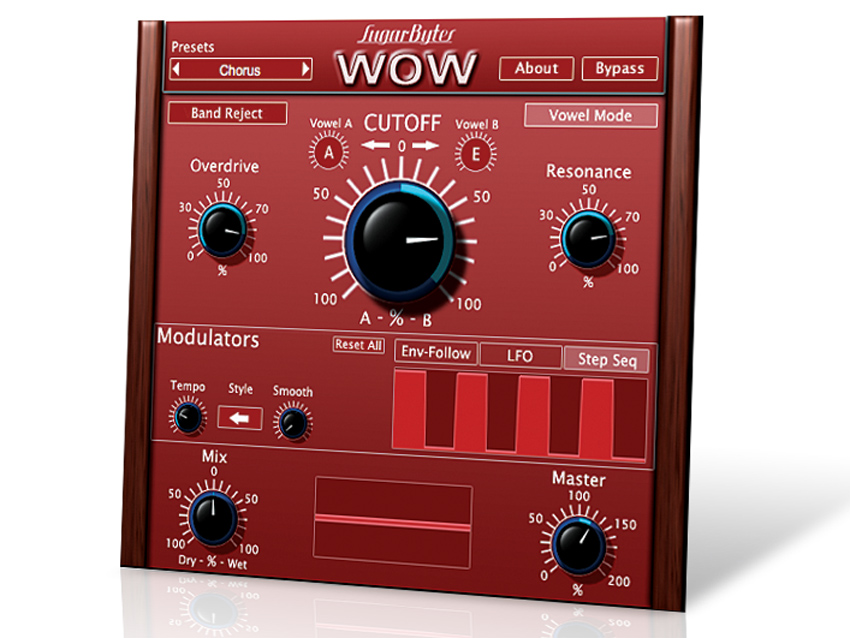
Sugar Bytes Wow, €79
Sugar Bytes' appropriately named Wow will leave you saying exactly that. A combination of traditional filtering with the addition of formant filtering (which is used to create vocal-like vowel sounds), this little red devil is a real knockout.
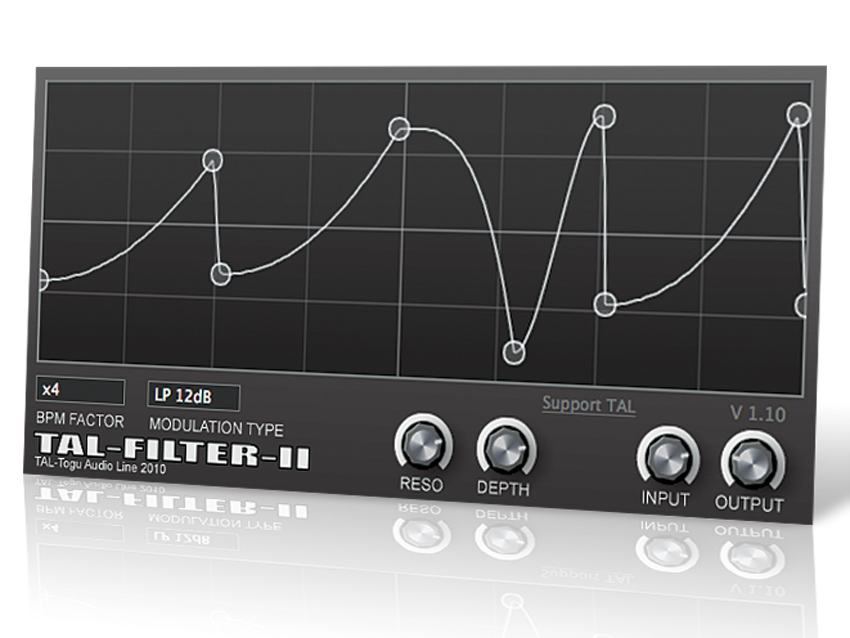
TAL-Filter II, Free
Togu Audio Line has made it a mission to provide professional-quality effects for musicians on a tight budget. TAL-Filter looks deceptively simple, but the reserved GUI hides a highly flexible multimode filter with overdrive, dynamic panning and more. It's all designed to sync up with the host DAW's tempo, making it a cinch to whip up rhythmic modulations.
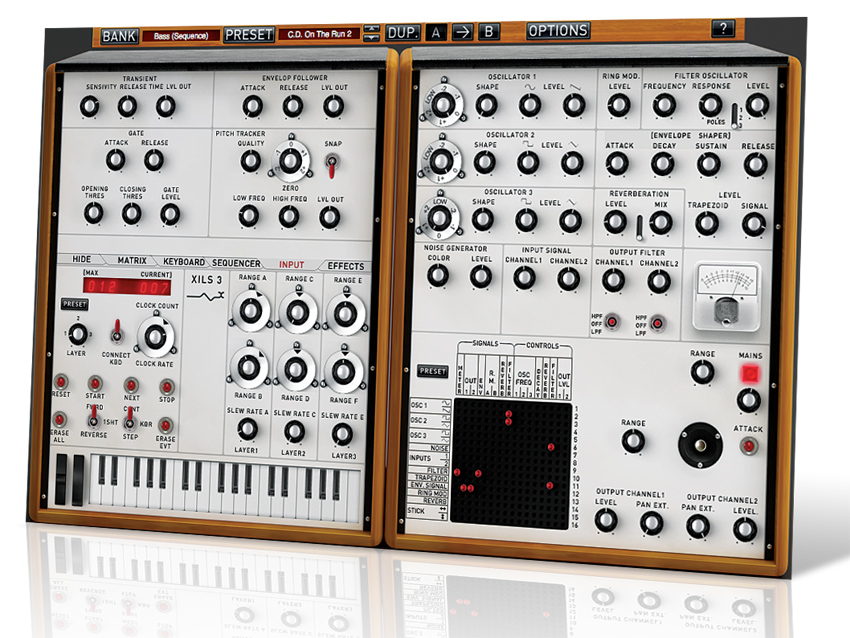
XILS-Lab XILS 3, €220
Do it the old-school way! Many vintage synthesizer emulations can be opened as effects plug-ins, allowing you to route your tracks through their filter sections. XILS 3 was inspired by the EMS VCS3, just like the one Brian Eno used to process his bandmates' instruments in Roxy Music.
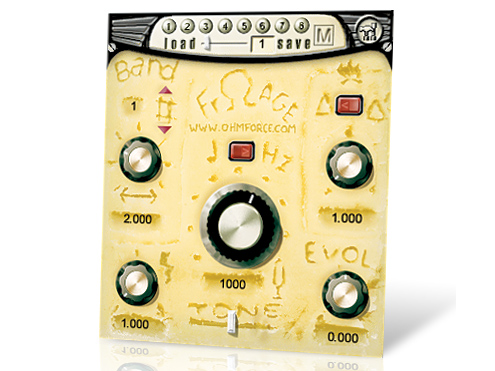
Ohm Force Frohmage, Free
An oldie but definitely a goodie, Ohm Force's Frohmage is a free serving of creamy filtering with a potent punch that's sure to leave you gasping for air. The controls are pretty cryptic, but that's part of the fun - discovering new and unusual timbres.
For a comprehensive selection of effects tutorials and techniques, check out Computer Music Special: Effects (issue 47) which is on sale now.
Liked this? Now read: The effects that changed music
Connect with MusicRadar: via Twitter, Facebook and YouTube
Get MusicRadar straight to your inbox: Sign up for the free weekly newsletter









